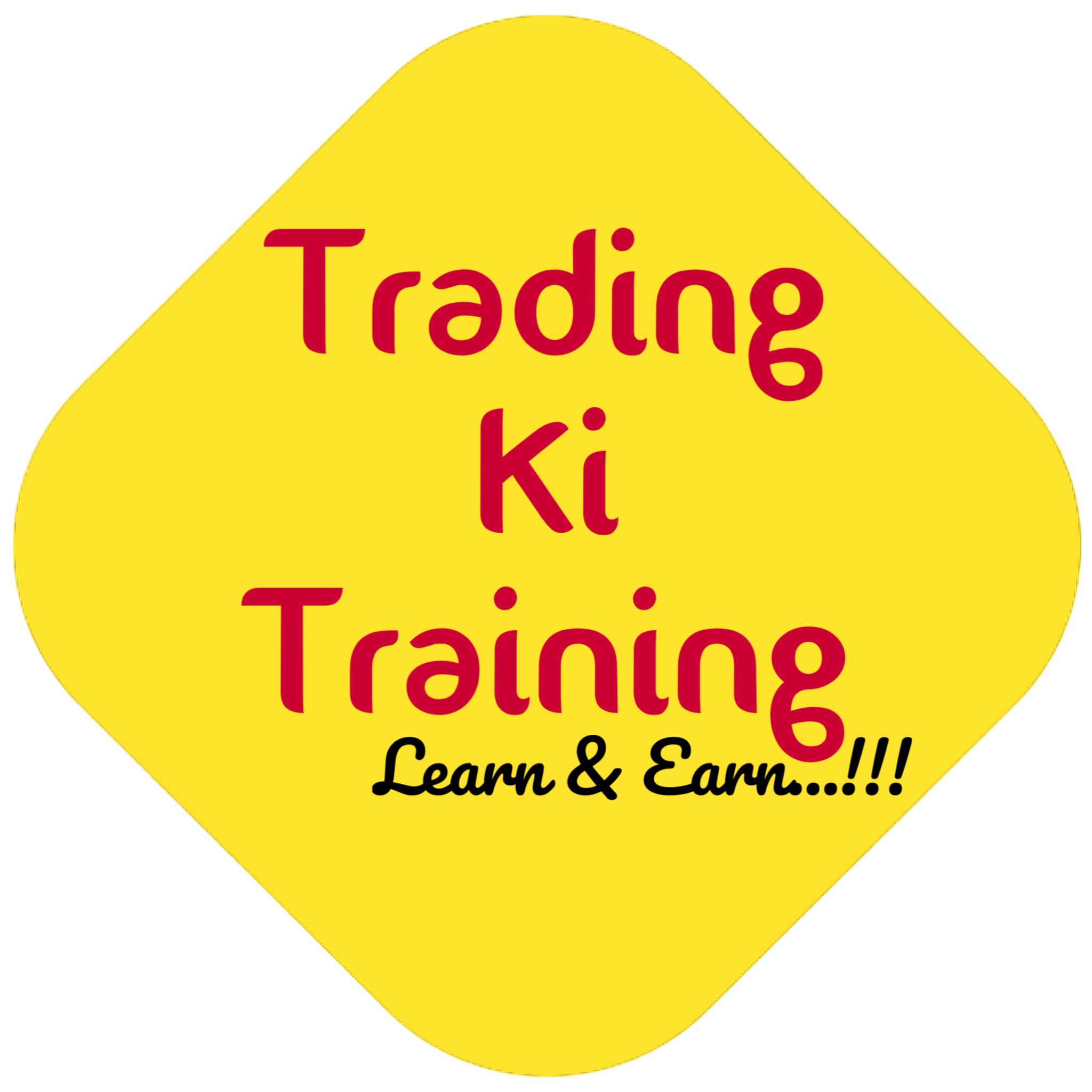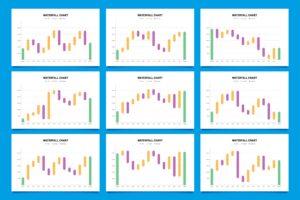Exchange-Traded Funds, commonly known as ETFs, have transformed the way people approach investing. With their blend of simplicity and diversification, They offer a reliable path to financial growth. Understanding They can help you unlock wealth while managing risk effectively.
Table of Contents
What Are ETFs?
How Do ETFs Work?
ETFs pool money from various investors to buy underlying assets. Each ETF share represents a fraction of the fund’s holdings. The value of an ETF share fluctuates based on the performance of its underlying assets. For example, if the assets increase in value, its price rises accordingly.
Types of ETFs to Explore
They come in various categories tailored to diverse investment goals:
ETF: It tracks specific indices like the Nifty 50 or Sensex.
Bond ETF: Focuses on fixed-income securities, offering stability.
Commodity ETF: Invests in raw materials such as gold or oil.
Sector ETF: Concentrates on industries like technology or healthcare.
International ETF: Provides exposure to global markets.
Thematic ETF: Aligns with specific themes, such as clean energy or robotics.
Also Read: Fundamental Analysis
Why Choose ETFs?
They are gaining popularity due to their distinct advantages:
Diversification Made Simple
Investing in an ETF provides exposure to a wide range of assets. This reduces the risk associated with relying on the performance of a single stock or bond. For instance, a stock ETF might hold shares from multiple companies across industries.
Low Costs and Fees
They typically come with lower expense ratios than mutual funds. The absence of active management reduces costs, allowing more of your money to grow over time.
Transparency and Flexibility
How to Start Investing in ETFs
Starting with them is straightforward, even for beginners. Follow these steps to begin:
Step 1: Define Your Investment Goals
Determine your objectives. Are you saving for retirement, a large purchase, or wealth accumulation? Your goals will shape your investment strategy.
Step 2: Research
Analyze different ETFs based on their performance, expense ratio, and holdings. Tools like Moneycontrol or NSE India can help you make informed decisions in the Indian stock market.
Step 3: Open a Brokerage Account
Choose a brokerage that offers access to ETFs. Many platforms provide user-friendly tools for research and trading. Examples include Vanguard, Fidelity, and Charles Schwab.
Step 4: Diversify Your Portfolio
Avoid putting all your money into one ETF. Consider a mix of stock, bond, and sector ETFs to balance risk and reward.
Step 5: Monitor and Adjust
Regularly review your portfolio to ensure it aligns with your goals. Rebalance if necessary to maintain diversification.
Also Read: Hedging
Common Mistakes to Avoid in ETFs
Even seasoned investors can falter. Avoid these pitfalls:
Chasing High Returns
Don’t invest solely based on past performance. High returns in the short term might come with higher risks.
Ignoring Fees
While They are cost-effective, some may have hidden fees. Always review the expense ratio and trading costs before investing.
Overtrading
However, frequent trading may diminish returns due to transaction costs and taxes. Stick to your long-term strategy to avoid unnecessary expenses.
Advanced ETF Strategies for Every Investor
Buy and Hold Strategy
This involves purchasing them and holding them for an extended period. It’s a low-maintenance approach ideal for investors seeking steady growth.
Dollar-Cost Averaging
Regularly investing a fixed amount, irrespective of market fluctuations, helps mitigate the effects of market volatility. This strategy works well for volatile markets.
Sector Rotation
Shift investments between sectors based on economic cycles. For example, during a tech boom, focus on technology ETFs.
Also Read: Colour Trading
The Future of ETFs
The ETF landscape continues to evolve. Innovations like actively managed ETFs and ESG (Environmental, Social, and Governance) funds are gaining traction. These cater to investors seeking alignment with ethical values and dynamic management.
FAQs about ETFs
What is an ETF?
It is a fund that holds a basket of assets, traded on stock exchanges.
Are they safe for beginners?
Yes, they are beginner-friendly due to their diversification, low costs, and simplicity.
How do I choose the best one?
Assess your goals, risk tolerance, and research the fund’s expense ratio and performance history.
Can I lose money with ETFs?
Yes, they carry risks since their performance mirrors the underlying assets. Market downturns can reduce their value.
How are ETFs different from mutual funds?
They trade throughout the day, providing flexibility, while mutual funds are purchased or sold based on their net asset value at the close of the trading day.
What are ESG ETFs?
ESG ETFs invest in companies that prioritize strong environmental, social, and governance (ESG) practices. They’re ideal for ethical investors.
Conclusion
Exchange-Traded Funds are a powerful tool for building wealth. Their low costs, diversification, and flexibility make them suitable for beginners and experts alike. By understanding and utilizing them wisely, you can take control of your financial future and achieve lasting success.
Also Read: Bull Market







